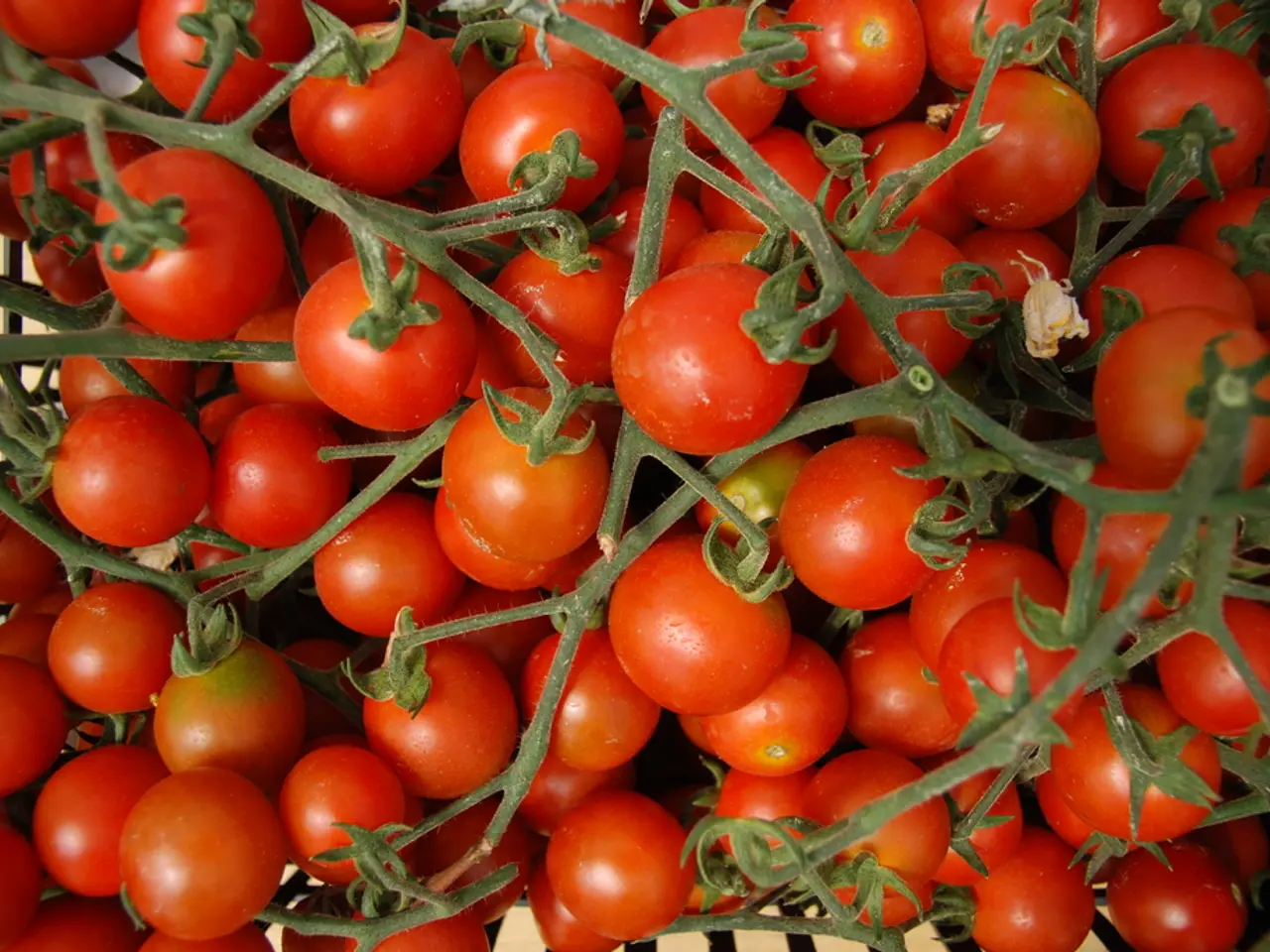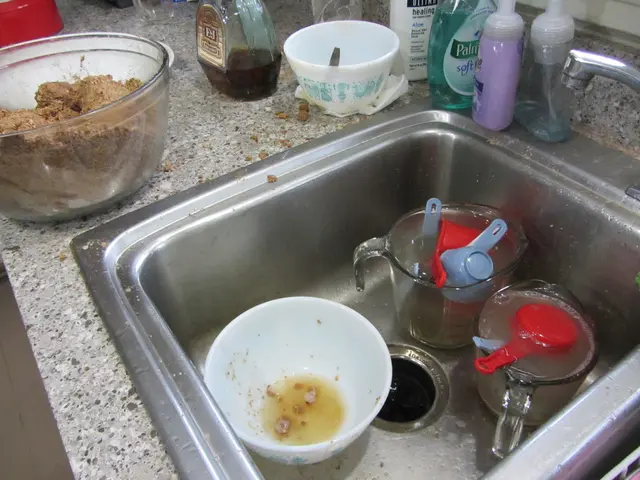Should I Trim or Leave Untrimmed Tomato Bushes?
Tomato Pruning: An Essential Guide for Indeterminate Varieties
Prune your tomato plants, or don't? That's the question many gardeners ponder while nurturing their tomato plants. It's a matter of personal choice, but with some beneficial insights, you can make an informed decision on trimming back your indeterminate tomato plants. Here's a rundown on how, when, and why to prune indeterminate tomato plants.
Determinate vs. Indeterminate: What's the Difference?
Before delving into pruning techniques, it's crucial to understand the two main types of tomato plants – determinant and indeterminate. The package marking your seeds will likely indicate the variety you've purchased. Young plants may offer little hints for those who are curious, but their true identities will reveal themselves as they mature.
- Determinate tomato varieties: These bush-type plants only grow to a predetermined height and produce all their fruits around the same time. They don't require pruning, but you may choose to remove the bottom leaves for better airflow and to prevent diseases.
- Indeterminate tomato varieties: These grow all season long and can reward you with a continuous harvest. Regular pruning is encouraged for indeterminate tomatoes.
The Art of Pruning Indeterminate Tomato Plants
Pruning your indeterminate tomato plants ensures a controlled vine size, improves fruit quality, enhances airflow, reduces disease risk, and optimizes sunlight exposure. Here's what you need to know to prune like a pro:
- Identifying Suckers: Suckers are the small shoots growing in the leaf axils (the junction between the main stem and a branch). It's best to remove suckers, particularly those in the lower two-thirds of the plant, to divert energy away from excessive foliage growth and focus on fruit production.
- Pruning Options: Opt for single-stem training, or multi-stem training, depending on your intended yield and plant management preferences.
- Single-Stem Training: This involves removing all suckers to concentrate growth on one main stem. This minimizes the number of fruits yet guarantees larger ones. The pressure on maintenance is reduced as well.
- Multi-Stem Training: Allow 2-3 main stems to develop for a higher yield of somewhat smaller fruits. This approach balances quantity and manageable plant size.
- Leaf Maintenance: Prune off lower leaves touching or close to the soil to minimize soil-borne diseases and enhance air circulation. Ensure adequate distance between foliage and the ground (about 6-8 inches).
- Dense Branch Thinning: Remove one or two entire branches from the center of very dense plants, allowing better air circulation and sunlight penetration, reducing risks of mildew and promoting healthier, ripened fruit.
- Topping the Plant: Pinch or cut off the main growing tip when the plant reaches the height of its support (usually 5-6 feet), prompting lateral fruit development.
- Sharp and Clean Tools: Always keep your pruning tools scrupulously clean to prevent disease transmission.
When to Prune Indeterminate Tomato Plants
- Start Pruning at Flowering: Initiate pruning when the first flowers appear, usually around mid-summer.
- Repeat Regularly: Continue pruning once or twice every two weeks until harvest to maintain a well-controlled, productive plant.
- Prune in the Morning: Prune indeterminate tomato plants in the early morning, allowing wounds to dry and heal quickly and minimizing infection risk.
- Initial Pruning at Planting: Remove the lower leaves at planting time to encourage strong root development.
The Magic of Pruning: Benefits and Reasons to Prune Indeterminate Tomato Plants
- Controls vine size and prevents overgrown, tangled plants for hassle-free management.
- Encourages larger tomato fruits by channeling energy away from excessive foliage, resulting in increased fruit production.
- Improves air circulation and sunlight penetration within the plant, reducing disease incidence and enhancing fruit ripening.
- Facilitates crop management within support structures like trellises or cages, making harvest easier and reducing crop damage.
- Expedites the ripening process by providing better light and air exposure.
When Not to Prune
- Determinate plants: Keep pruning to a minimum, as heavily pruning can reduce yield and increase disease risk for determinate tomato varieties.
Gardening doesn't have to be guesswork! Embrace the world of pruning, and watch your tomato plants flourish with pride. Get ready to enjoy a scrumptious harvest that'll leave your taste buds singing!
Have any questions? Leave a comment below, and let's get the conversation going! The tomato community is always eager to offer advice and share their experiences. Happy gardening!
- In cold climates, hydroponics can be a suitable gardening lifestyle alternative for growing tomatoes year-round, providing the controlled environment necessary for seedlings to thrive.
- When planting tomato seeds for a home-and-garden in hydroponic systems, it's essential to choose the appropriate indeterminate variety, as they will continue growing and harvesting throughout the season.
- Proper pruning techniques for indeterminate tomato plants, such as identifying suckers and removing lower leaves, will create an optimized environment in the hydroponic garden, promoting healthy growth, reducing disease risk, and enhancing fruit quality.
- Continuous pruning during the hydroponics harvest season, including morning pruning and initial pruning at planting times, will maintain a controlled plant size, encourage larger tomato fruits, and expedite the ripening process.








